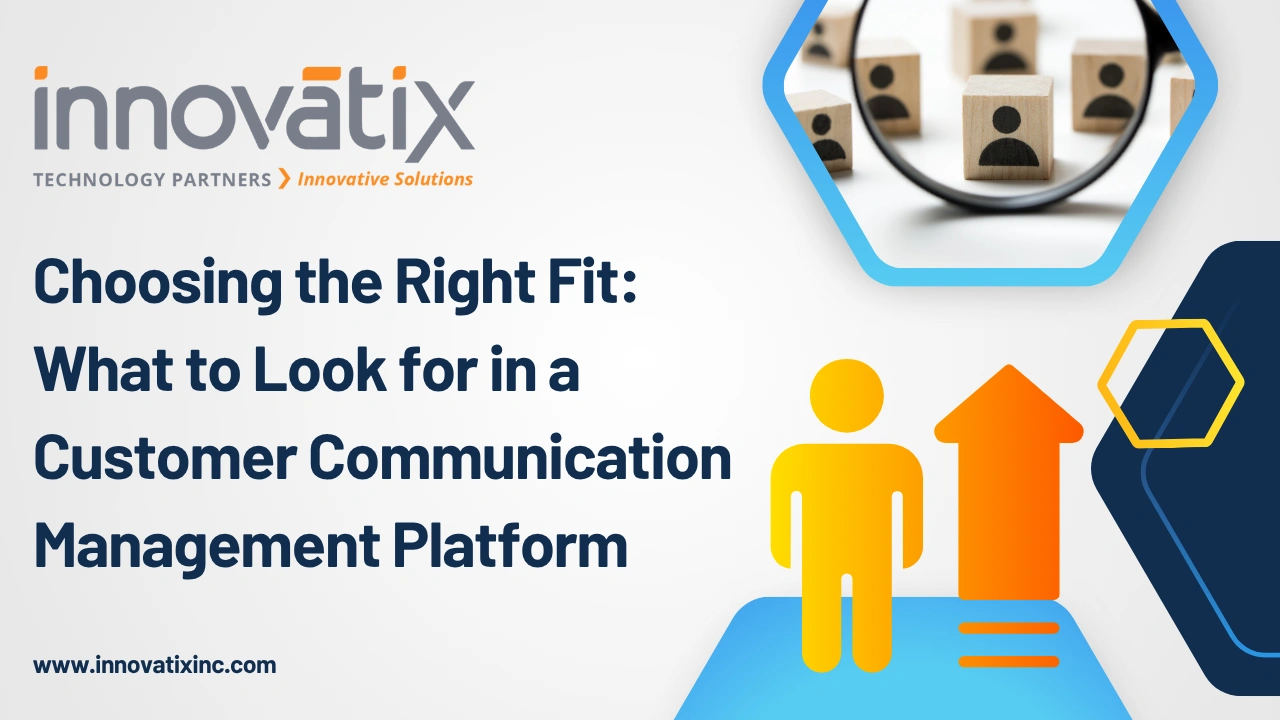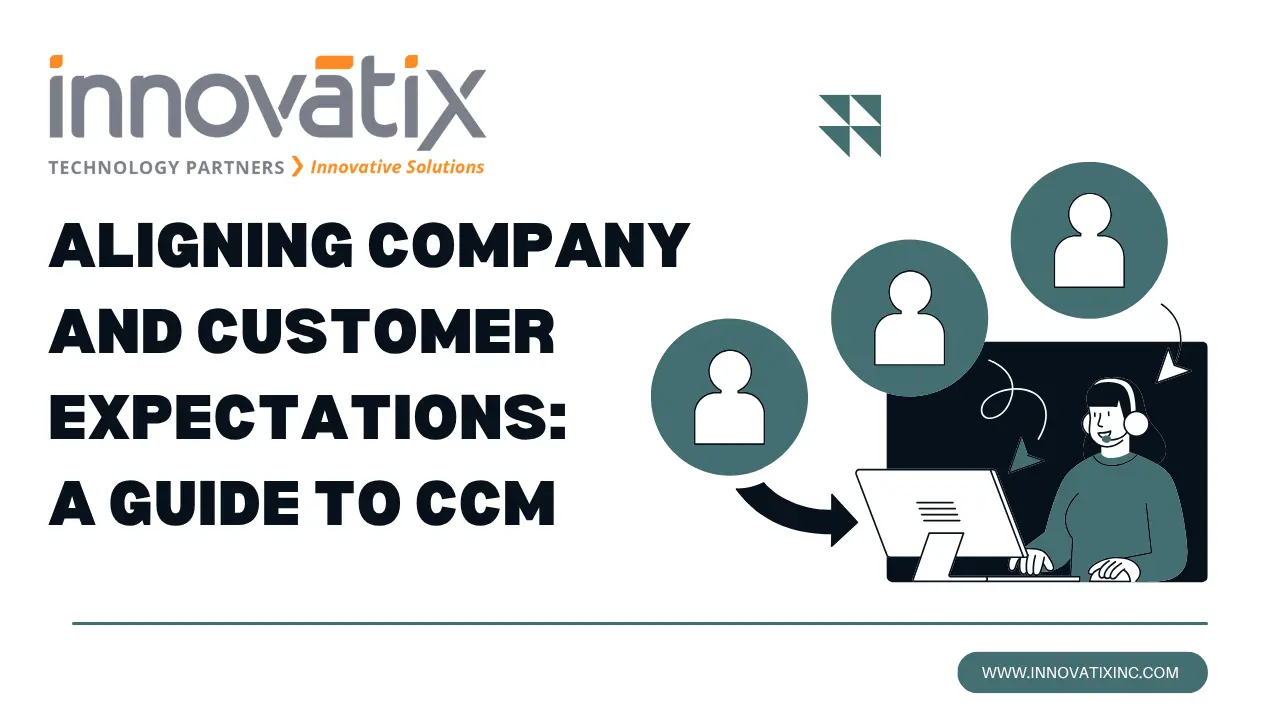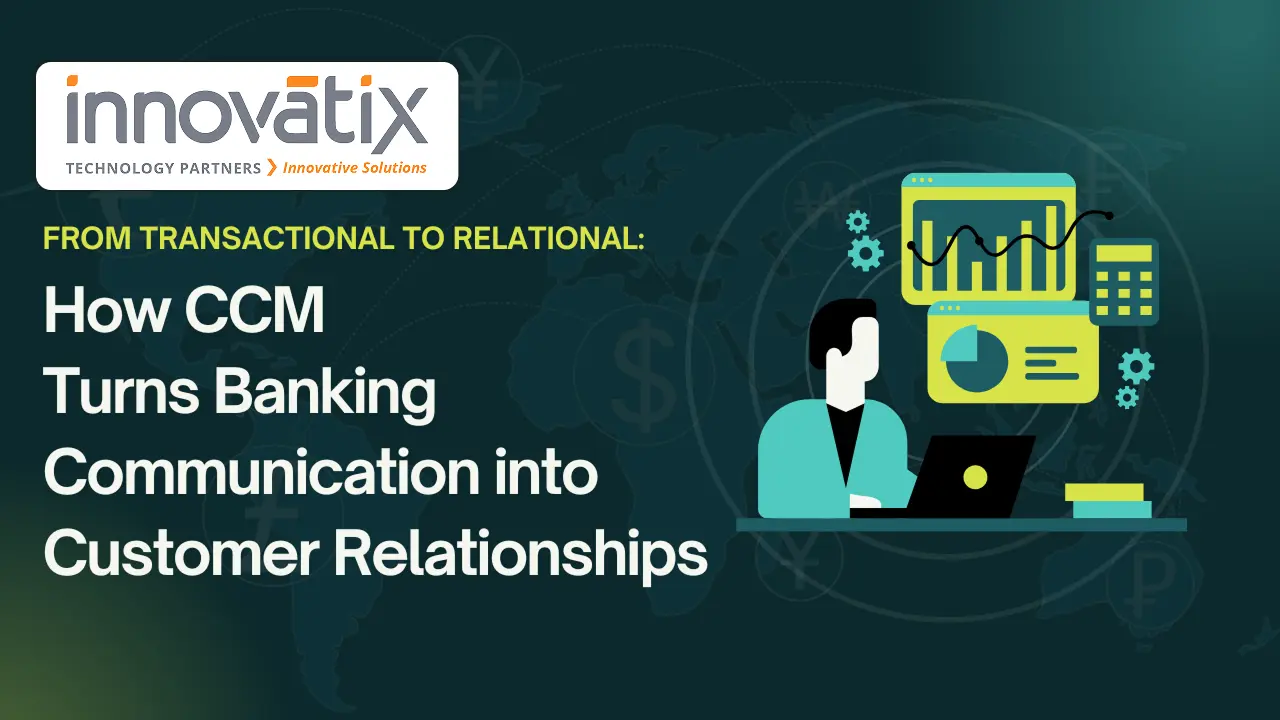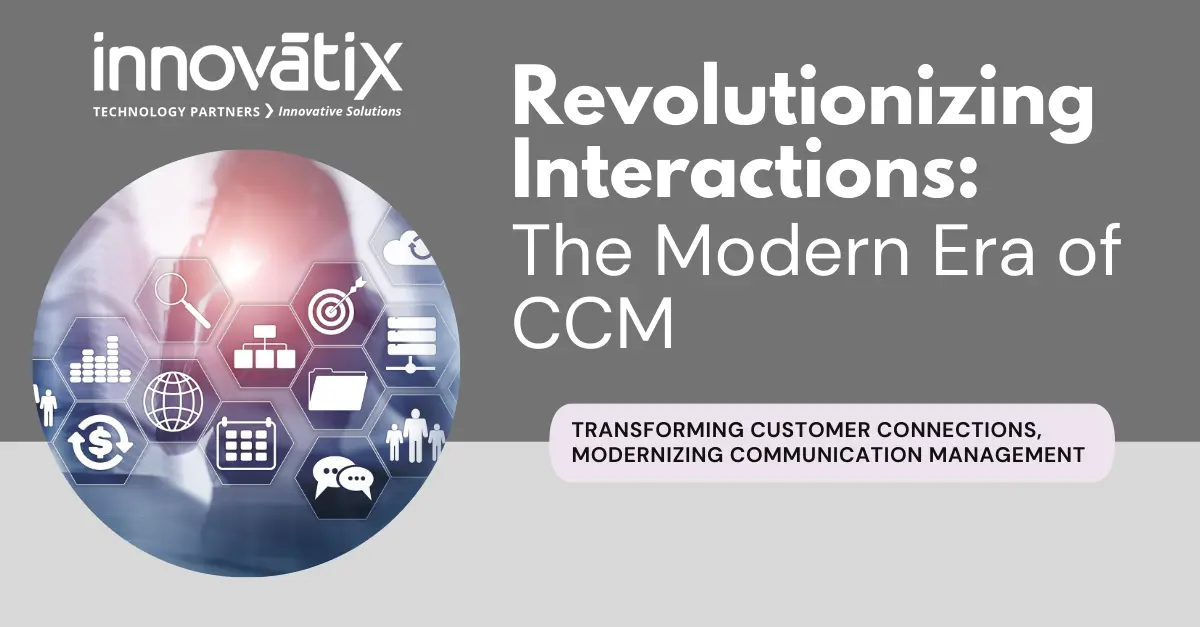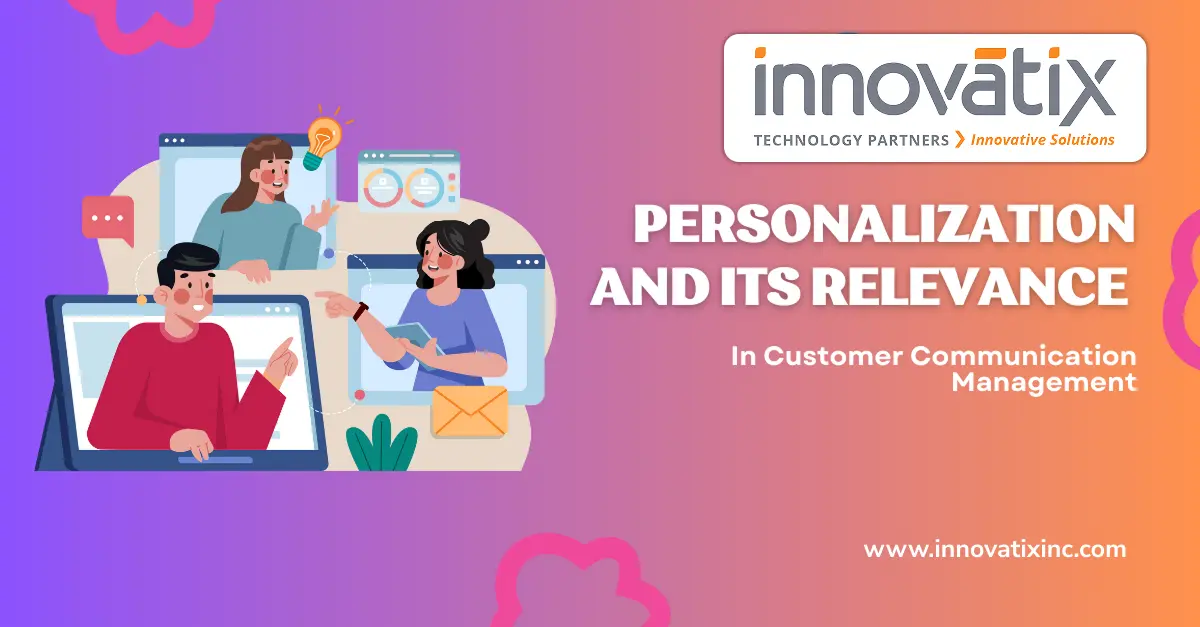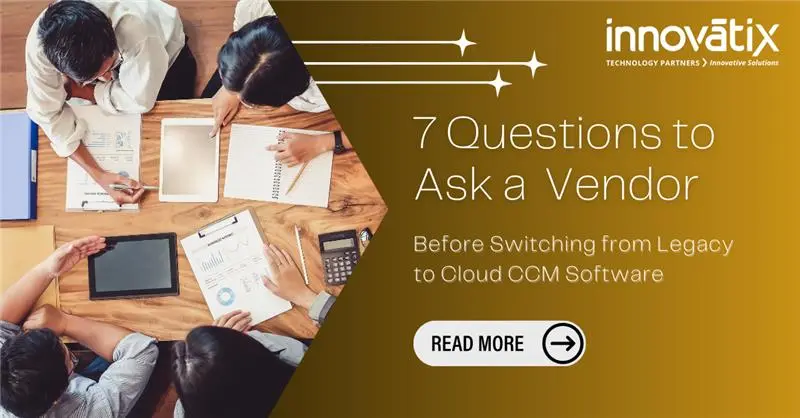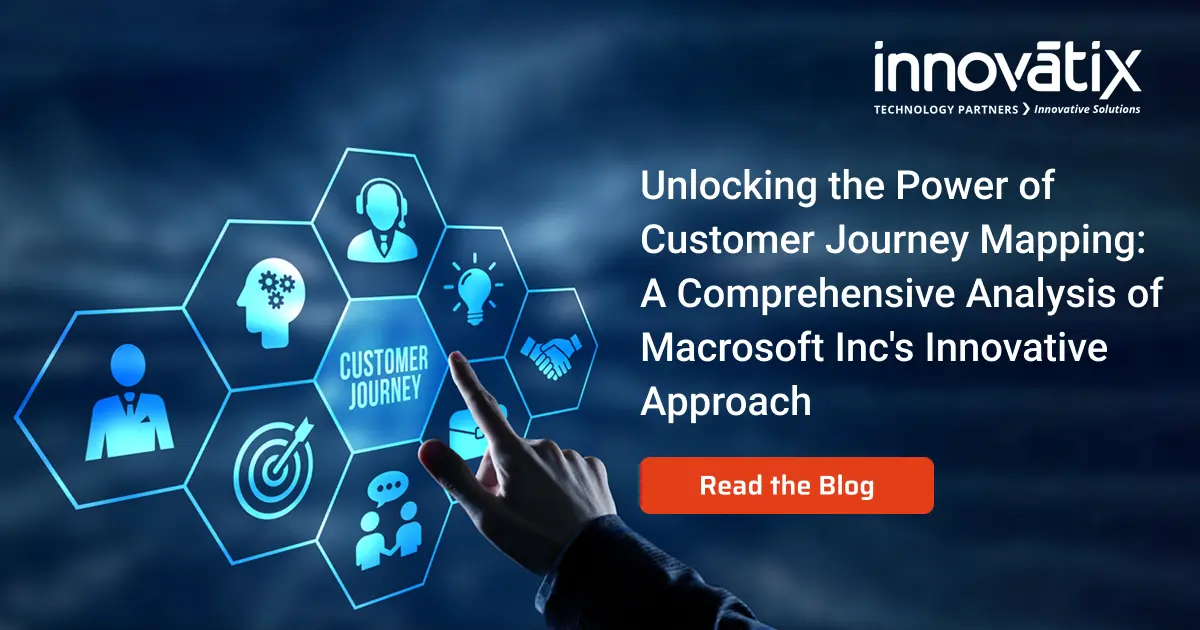Businesses continually seek ways to enhance operational efficiency, reduce costs, and enhance customer engagement. Modern Customer Communication Management (CCM) solutions have become pivotal tools in achieving these goals. Among the leaders in this space, Quadient stands out with its comprehensive CCM platform designed to streamline communications across channels while driving measurable business value. This blog examines the Return on Investment (ROI) of modern Customer Communication Management (CCM) systems, with a focus on how Quadient’s solutions enhance business efficiency. We will explore the tangible benefits, key performance indicators (KPIs), and strategic advantages that businesses gain when implementing Quadient CCM. Understanding Modern CCM Customer Communication Management (CCM) refers to the technology and processes that help organizations create, manage, and deliver personalized communications to customers across multiple channels — including print, email, SMS, web, and mobile apps. Modern CCM solutions extend beyond traditional document generation to enable dynamic, data-driven, and omnichannel communication strategies that enhance both customer experience and operational workflows. Key features of modern CCM include centralized content and template management, automated document generation and delivery, dynamic personalization based on customer data, compliance and regulatory controls, integration with enterprise systems (such as CRM, ERP, and billing), and analytics for communication performance. Why Measure ROI in CCM? Implementing CCM solutions can involve significant investment in software, integration, and change management. To justify this expenditure, organizations must demonstrate quantifiable business value. Measuring ROI helps organizations validate technology investments, identify efficiency gains and cost savings, optimize communication strategies based on data, improve customer satisfaction and retention, and align communications with business goals. Quadient CCM: Driving Business Efficiency Quadient is a global leader providing a modern CCM platform designed to empower businesses with intelligent, automated communication capabilities. Here are the core ways Quadient CCM impacts business efficiency and ROI: 1. Automation and Productivity Gains Quadient automates the creation and distribution of customer documents, including invoices, statements, policies, and personalized marketing messages. This reduces manual effort and errors, enabling faster turnaround times. Automation also frees up staff to focus on higher-value tasks. The impact is evident in a reduction of document processing time by up to 70%, significant savings in printing and mailing costs through increased digital delivery, and lower error rates, resulting in fewer customer complaints and rework. 2. Enhanced Customer Engagement and Retention By enabling highly personalized, consistent, and relevant communications across channels, Quadient CCM helps businesses improve customer experience and loyalty. Personalization drives higher engagement rates and reduces churn. Businesses often experience increases in customer response rates by up to 40%, higher cross-sell and upsell opportunities through targeted messaging, and improved Net Promoter Scores (NPS) and customer satisfaction metrics after deploying Quadient CCM. 3. Compliance and Risk Mitigation Quadient CCM features built-in compliance controls, versioning, and audit trails, enabling companies to meet stringent regulatory requirements. This reduces the risk of penalties and reputational damage. The benefits include avoiding costly regulatory fines, completing compliance audits more quickly with accurate documentation, and implementing enhanced data privacy controls that are consistent with regulations such as GDPR and HIPAA. 4. Integration and Scalability Quadient’s platform integrates seamlessly with existing enterprise systems, enabling data-driven communications aligned with business processes. Its scalable architecture supports growing volumes and new communication channels without disruption. This means faster time-to-market for new campaigns and document types, reduced IT overhead for integration and maintenance, and a future-proof communication strategy adaptable to evolving business needs. Quantifying the ROI: Key Performance Indicators (KPIs) To effectively measure the ROI of Quadient CCM, businesses should focus on several key performance indicators: Organizations implementing Quadient CCM frequently report realizing ROI within months through cost savings, improved efficiency, and increased customer revenue. Case Study Highlight Consider a leading financial services firm that implemented Quadient CCM to overhaul its customer statement process. The results were striking: a 60% reduction in document processing time, a 50% increase in electronic statement adoption, a 30% reduction in printing and postage costs, and a 20% improvement in customer satisfaction scores. The firm achieved a positive ROI within nine months, demonstrating how Quadient CCM transforms communication workflows to deliver measurable business value. Conclusion The ROI of modern CCM solutions, such as Quadient’s, extends far beyond mere cost savings. By automating processes, enhancing customer engagement, ensuring compliance, and enabling agile communication strategies, Quadient empowers organizations to boost overall business efficiency and competitive advantage. For businesses looking to digitally transform customer communications digitally, measuring the ROI of CCM implementations is essential for validating the investment and guiding continuous improvement efforts. With a proven impact on multiple key performance indicators (KPIs), Quadient CCM stands as a strategic enabler of business success in the digital age. In conclusion, while Quadient’s CCM platform offers unrivalled capabilities to transform customer communications and drive business efficiency, the true potential of this solution is unlocked when implemented by the right partner. Innovatix Technology Partners stands out as Quadient’s best implementation partner, combining deep technical expertise, proven industry experience, and a customer-centric approach to ensure seamless deployment and maximum ROI. With Innovatix’s tailored strategies, agile delivery, and ongoing support, organizations can confidently navigate their digital transformation journey, maximizing the benefits of Quadient CCM to achieve operational excellence and sustained competitive advantage. Partnering with Innovatix Technology Partners means turning the promise of modern CCM into measurable, lasting business success. Contact us today!




